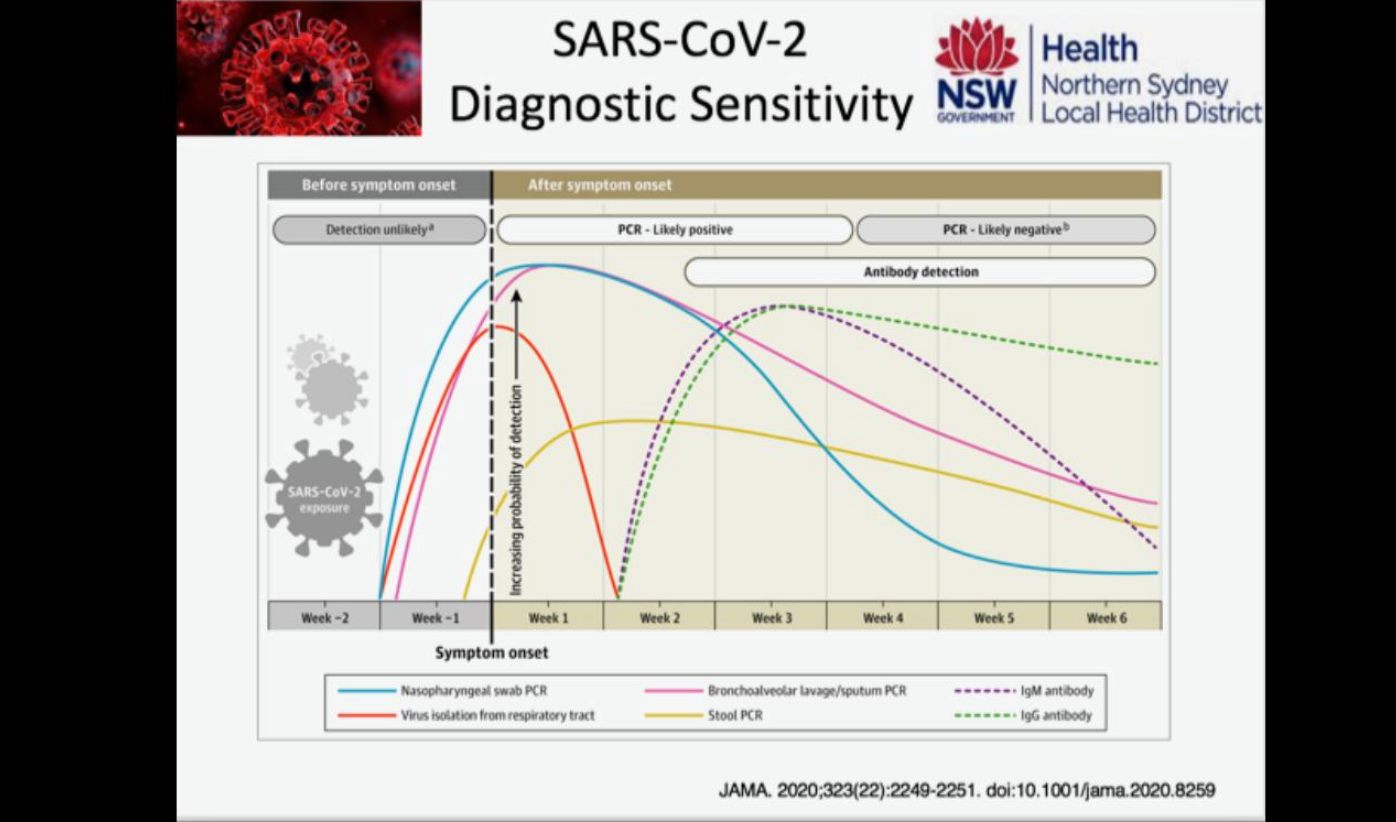The data from multiple serosurveys around the world have shown that anything up to 20% of a population have antibodies (and hence their immune system has been challenged by the virus). Places like NYC and Northern Italy have antibody rates of this level. In both cases, that was WAY in excess of their positive swab test rate.
Other places have lower numbers, but same pattern with antibody rates consistently >> swab rates.
Part of the explanation is the swab is not that sensitive. Within the first few days of exposure to the virus, the swab will usually be negative - even in people who will become infected. In the first few days after exposure and before symptoms, 70-80% of swabs will be negative.
Understand that most testing is in this group - people who were at a hotel or whatever 2 nights ago. 80% of people who become infected may well be negative that early. But finding 20% is useful from a public health perspective as it may allow you to get R0 from 1.2 to 0.95 or whatever. If you do the public health swabs at 6-7 days after exposure, most of them will be positive, but by then these people will have infected others. So the swabs will be more accurate, but too late to help.
Same at the other end. The swab becomes negative again about 2 weeks after exposure. It is only a short window of 7 -10 days or so when the swab is likely to be positive.
So understand that the number of positive swabs has only a very lose association with what is happening in the community.
Graph 1 - different tests over time
Exposed at week - 1
Symptom onset at week 0 (7 days post-exposure)
Nasal PCR swab is blue line. Goes up a few days after exposure, peaks 1-2 days after symptoms, and is gone in a couple of weeks.
Green is IgG antibody. Later to rise, but stays up.
Over time, you will find more people with antibodies than ever had a positive swab - either they were not swabbed, or you missed the 2 week window.

Graph 2 (top) - sensitivity of PCR over time
x axis = days since exposure
vertical dashed line = day 5 when symptoms usually start
y axis = probability nasal PCR will be
NEGATIVE in a person who definitely has (or will get) COVID.
So guaranteed to miss day 0 and 1.
Maybe a few positive day 2 and a few more day 3
Day 4 may be positive in 1/3
By day 5, positive in greater than 50%
Most swabs done have been by public health on days 2-3.
Public health isn't your doctor trying to tell if you are going to get sick
Public health isn't primarily about capturing the most complete data - if so would swab days 6-7
Public health is trying to identify and stop chains of future transmission before they are established. You develop symptoms on day 5, and peak infectivity is earlier at day 4 (highly unusual - whether by accident or design, this virus is a bastard to track and contain). Allowing 24 hours to perform test and notify positive, that means you need to swab around day 2-3, when the test is poor. But you will find a few positives, and will find them in time to stop them infecting others. By day 7-8, you can find most of them - but after they have infected other people.
If you have R0 a bit above 1.0, finding 20% of future infectious people and isolating them may be enough to drive R0 below 1.0.
So that is how public health and PCR tests work.
Can you use this data to go back and say how many infections there have been in your community? No. Absolutely not.
